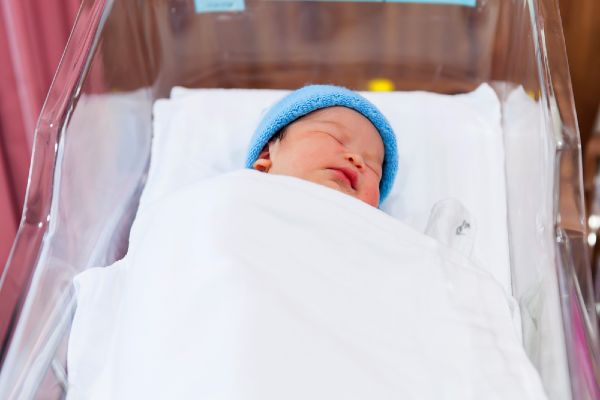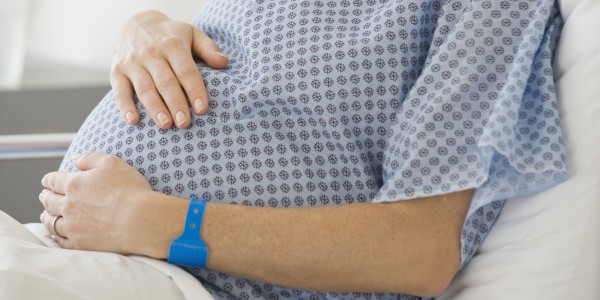Some mums have turned to a trend called vaginal seeding to expose their newborns to ‘good bacteria’ in an attempt to avoid the immune disorders, allergies, and asthma that have risen in correlation with the increase of C-section births. However, the American College of Obstetricians and Gynaecologists (ACOG) warn that this could be exposing their children to even more dangerous medical conditions.
Vaginal seeding is used by women who have C-sections and are worried about the fact that their children are not being exposed to their vaginal bacteria during birth. As a solution, a cotton swab with the mother’s vaginal fluid is placed in the baby’s mouth or rubbed all over its skin.
There is some evidence to show that children born through Caesarean are more likely to be diagnosed with allergies and asthma.
A study of almost 9,000 children in 2005 showed that children born through C-section were significantly more susceptible to developing allergic rhinoconjunctivitis, and girls born through Caesarean were more likely to be diagnosed with asthma.
However, Dr Christopher Zahn, Vice President for Practice for ACOG, has cautioned that ‘due to the lack of sufficient data, the very real risks [of vaginal seeding] outweigh the potential benefits’.
These risks include the unwitting transfer of viruses, and STIs such as chlamydia. Chlamydia often goes undetected in adults, and if transferred to a newborn can cause fatal pneumonia.
Dr Zahn recommended breastfeeding as a remedy for the lack of vaginal flora in a Caesarean delivery.
“The bacteria present in breast milk and on the nipple is sufficient for natural colonisation or seeding of the gut,” he said.
“There may be some initial difference in the gut microbiota of infants based on mode of delivery, but research has shown that difference disappears after about six months.”
ACOG has also stressed that there is not sufficient evidence to prove that mode of delivery is the direct cause of the development of conditions like asthma, as there are also genetic, environmental, and dietary factors to consider.
Do you know anyone who has used vaginal seeding? What are your thoughts?








